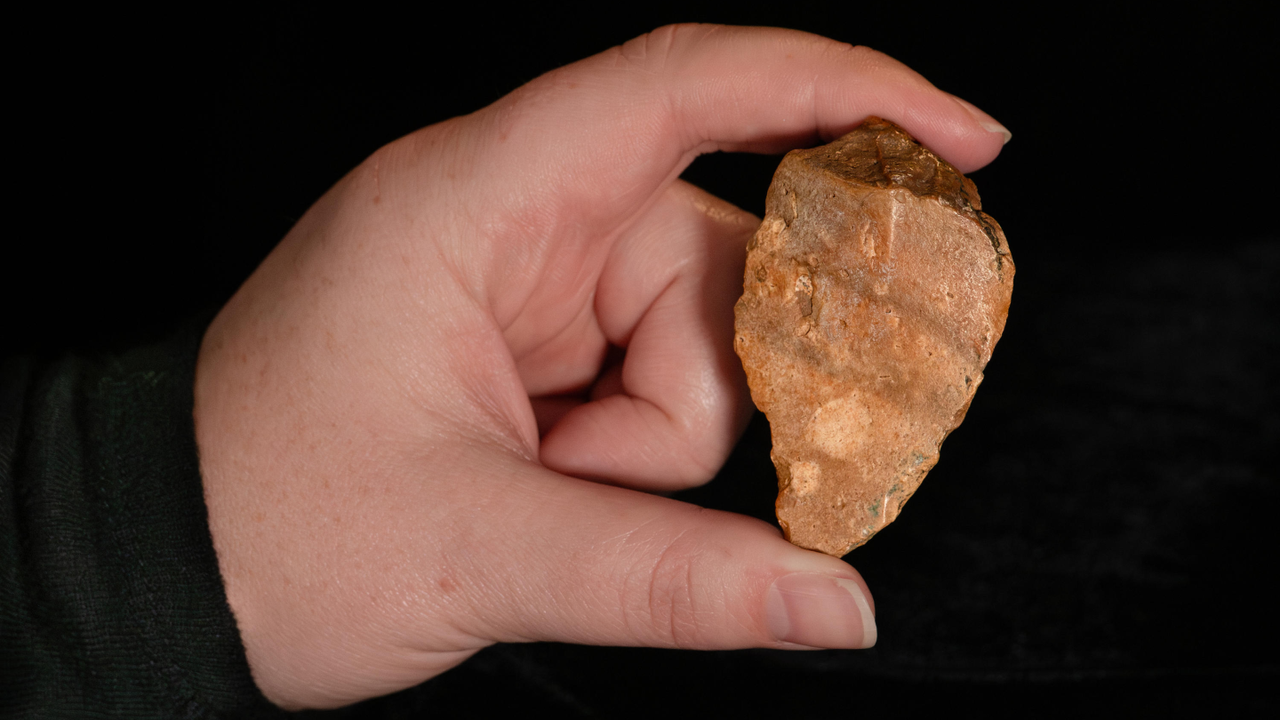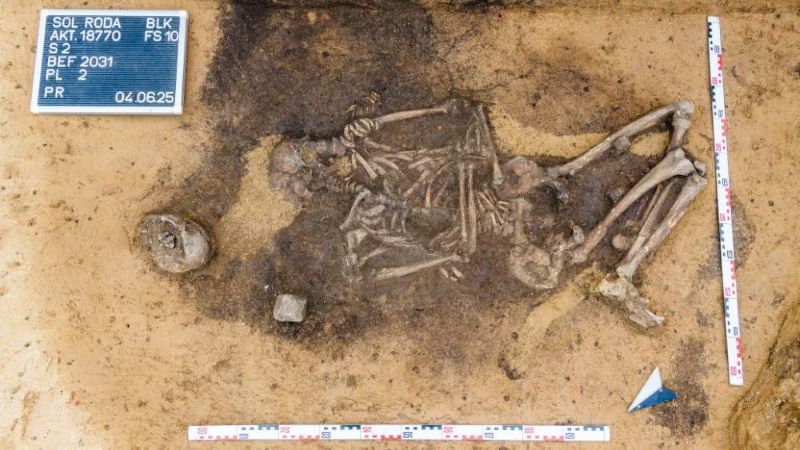Now Reading: 1.5-Million-Year-Old Stone Tools Unearthed in Indonesia, Predating Modern Humans
-
01
1.5-Million-Year-Old Stone Tools Unearthed in Indonesia, Predating Modern Humans
1.5-Million-Year-Old Stone Tools Unearthed in Indonesia, Predating Modern Humans

Quick Summary
- Stone tools discovered on Sulawesi, an Indonesian island, date back between 1 million adn 1.5 million years, marking the earliest evidence of human relatives in this region.
- Researchers believe the tools were created using a percussion flaking technique and made from chert rock; one tool was retouched for sharper edges.
- The findings suggest human relatives occupied Sulawesi far earlier than previously assumed, and perhaps before reaching neighboring islands such as Luzon or Flores.
- Dating methods indicate chronological overlap with Homo erectus, who reached nearby Java around 1.6 million years ago, but skeletal remains from Sulawesi are scarce.
- Fossil evidence directly linking the tools to a species is yet unavailable; possibilities include Homo erectus or a relative like Homo floresiensis (“hobbit”-sized).
- no cut marks have been found on animal bones at the site to confirm butchery use of the tools; their specific application remains unclear.
!Stone Tool
One of the stone tools discovered on Sulawesi in Indonesia dates back at least 1 million years.
(Image credit: M.W. Moore)
Indian Opinion Analysis
This finding accentuates Southeast Asia’s importance in understanding early human migration patterns amidst evolving perspectives on prehistoric human relatives. For India, which holds its own rich archaeological record (e.g.,sites like Bhimbetka),advancements like these underscore how interconnected regions were even during early periods of hominin presence across continents.
India lies geographically close to meaningful pathways for ancient migrations into Southeast Asia and could share overlapping narratives through its Paleolithic finds. Such research may encourage wider archaeological collaborations between nations within Asia to map out more detailed evolutionary histories. Moreover, while specifics about tool usage remain ambiguous in this case study from sulawesi, ongoing findings reaffirm that technological innovation among early humans transcends borders-pointing toward shared templates across dispersed hominin populations worldwide.
























